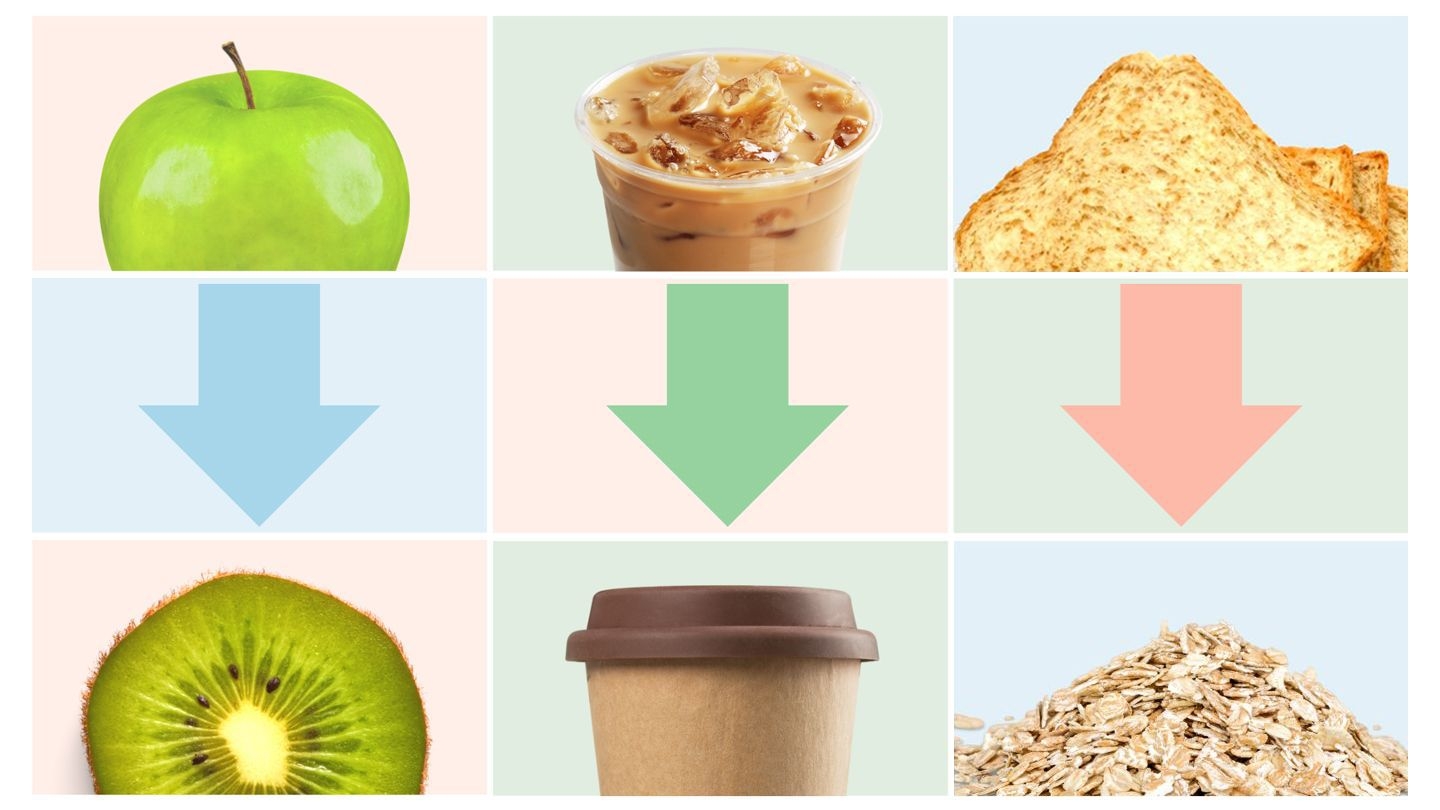Smart Food: Enhancing Food Security Worldwide
Smart Food represents a transformative approach to nutrition, sustainability, and agricultural resilience. This concept encompasses foods that are not only nutritious and healthy for consumers but also environmentally sustainable and beneficial for farmers. The Smart Food initiative aims to diversify staple crops, particularly in regions like Africa and Asia, to address multiple global challenges simultaneously.
At its core, Smart Food is designed to be “good for you,” meaning it provides essential nutrients and promotes overall health. This includes foods rich in vitamins, minerals, and other vital nutrients that can help combat malnutrition and diet-related diseases. For instance, millets and sorghum are often highlighted within the Smart Food framework due to their high nutritional value, including being rich in fiber, proteins, and antioxidants. These crops can play a crucial role in improving dietary diversity and health outcomes, especially in developing countries where nutritional deficiencies are prevalent.
Equally important is the environmental sustainability aspect of Smart Food. These foods are “good for the planet” because they are typically grown using practices that reduce environmental impact. This includes crops that require less water, are more resistant to pests and diseases, and can thrive in poor soil conditions. For example, millets and sorghum are drought-resistant and can grow in arid regions where other crops might fail. By promoting the cultivation of such resilient crops, Smart Food helps mitigate the effects of climate change, reduce agricultural water use, and decrease dependency on chemical fertilizers and pesticides.
Furthermore, Smart Food is “good for the farmer,” emphasizing the economic and social benefits for those who grow these crops. The initiative supports climate-smart agriculture practices that can increase yields and provide multiple uses for crops, thereby enhancing food security and farmer incomes. By diversifying the types of crops grown, farmers can reduce their risk of crop failure due to pests, diseases, or extreme weather conditions. Additionally, the promotion of local and traditional crops can help preserve agricultural biodiversity and cultural heritage.
The Smart Food initiative also involves significant research and development efforts to improve crop varieties and farming practices. This includes breeding programs to develop high-yielding, nutrient-rich, and climate-resilient crop varieties. Moreover, there is a focus on improving supply chains and market access for Smart Food crops, ensuring that farmers can sell their produce at fair prices and consumers can access these nutritious foods.
In summary, Smart Food is a holistic approach that addresses the interconnected challenges of nutrition, sustainability, and agricultural resilience. By promoting foods that are good for people, the planet, and farmers, the Smart Food initiative aims to create a more sustainable and equitable food system. This approach not only improves health outcomes and environmental sustainability but also supports the livelihoods of farmers, making it a vital component of global efforts to achieve food security and sustainable development.
Smart Food represents a transformative approach to nutrition, sustainability, and agricultural resilience. This concept encompasses foods that are not only nutritious and healthy for consumers but also environmentally sustainable and beneficial for farmers. The Smart Food initiative aims to diversify staple crops, particularly in regions like Africa and Asia, to address multiple global challenges simultaneously.
At its core, Smart Food is designed to be “good for you,” meaning it provides essential nutrients and promotes overall health. This includes foods rich in vitamins, minerals, and other vital nutrients that can help combat malnutrition and diet-related diseases. For instance, millets and sorghum are often highlighted within the Smart Food framework due to their high nutritional value, including being rich in fiber, proteins, and antioxidants. These crops can play a crucial role in improving dietary diversity and health outcomes, especially in developing countries where nutritional deficiencies are prevalent.
Equally important is the environmental sustainability aspect of Smart Food. These foods are “good for the planet” because they are typically grown using practices that reduce environmental impact. This includes crops that require less water, are more resistant to pests and diseases, and can thrive in poor soil conditions. For example, millets and sorghum are drought-resistant and can grow in arid regions where other crops might fail. By promoting the cultivation of such resilient crops, Smart Food helps mitigate the effects of climate change, reduce agricultural water use, and decrease dependency on chemical fertilizers and pesticides.
Furthermore, Smart Food is “good for the farmer,” emphasizing the economic and social benefits for those who grow these crops. The initiative supports climate-smart agriculture practices that can increase yields and provide multiple uses for crops, thereby enhancing food security and farmer incomes. By diversifying the types of crops grown, farmers can reduce their risk of crop failure due to pests, diseases, or extreme weather conditions. Additionally, the promotion of local and traditional crops can help preserve agricultural biodiversity and cultural heritage.
The Smart Food initiative also involves significant research and development efforts to improve crop varieties and farming practices. This includes breeding programs to develop high-yielding, nutrient-rich, and climate-resilient crop varieties. Moreover, there is a focus on improving supply chains and market access for Smart Food crops, ensuring that farmers can sell their produce at fair prices and consumers can access these nutritious foods.
In summary, Smart Food is a holistic approach that addresses the interconnected challenges of nutrition, sustainability, and agricultural resilience. By promoting foods that are good for people, the planet, and farmers, the Smart Food initiative aims to create a more sustainable and equitable food system. This approach not only improves health outcomes and environmental sustainability but also supports the livelihoods of farmers, making it a vital component of global efforts to achieve food security and sustainable development.
Smart Food: Enhancing Food Security Worldwide
Smart Food represents a transformative approach to nutrition, sustainability, and agricultural resilience. This concept encompasses foods that are not only nutritious and healthy for consumers but also environmentally sustainable and beneficial for farmers. The Smart Food initiative aims to diversify staple crops, particularly in regions like Africa and Asia, to address multiple global challenges simultaneously.
At its core, Smart Food is designed to be “good for you,” meaning it provides essential nutrients and promotes overall health. This includes foods rich in vitamins, minerals, and other vital nutrients that can help combat malnutrition and diet-related diseases. For instance, millets and sorghum are often highlighted within the Smart Food framework due to their high nutritional value, including being rich in fiber, proteins, and antioxidants. These crops can play a crucial role in improving dietary diversity and health outcomes, especially in developing countries where nutritional deficiencies are prevalent.
Equally important is the environmental sustainability aspect of Smart Food. These foods are “good for the planet” because they are typically grown using practices that reduce environmental impact. This includes crops that require less water, are more resistant to pests and diseases, and can thrive in poor soil conditions. For example, millets and sorghum are drought-resistant and can grow in arid regions where other crops might fail. By promoting the cultivation of such resilient crops, Smart Food helps mitigate the effects of climate change, reduce agricultural water use, and decrease dependency on chemical fertilizers and pesticides.
Furthermore, Smart Food is “good for the farmer,” emphasizing the economic and social benefits for those who grow these crops. The initiative supports climate-smart agriculture practices that can increase yields and provide multiple uses for crops, thereby enhancing food security and farmer incomes. By diversifying the types of crops grown, farmers can reduce their risk of crop failure due to pests, diseases, or extreme weather conditions. Additionally, the promotion of local and traditional crops can help preserve agricultural biodiversity and cultural heritage.
The Smart Food initiative also involves significant research and development efforts to improve crop varieties and farming practices. This includes breeding programs to develop high-yielding, nutrient-rich, and climate-resilient crop varieties. Moreover, there is a focus on improving supply chains and market access for Smart Food crops, ensuring that farmers can sell their produce at fair prices and consumers can access these nutritious foods.
In summary, Smart Food is a holistic approach that addresses the interconnected challenges of nutrition, sustainability, and agricultural resilience. By promoting foods that are good for people, the planet, and farmers, the Smart Food initiative aims to create a more sustainable and equitable food system. This approach not only improves health outcomes and environmental sustainability but also supports the livelihoods of farmers, making it a vital component of global efforts to achieve food security and sustainable development.
0 Kommentare
0 Anteile




